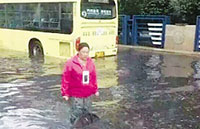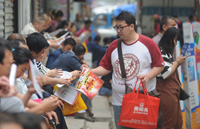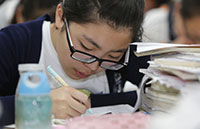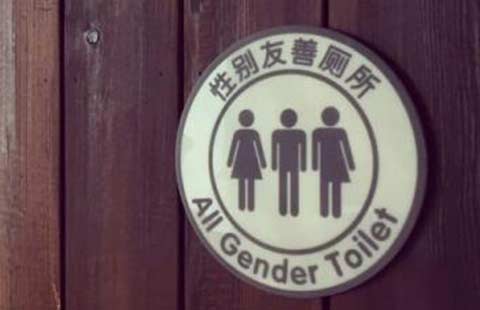Anniversary of Japanese germ massacre marked
(Xinhua) Updated: 2012-11-19 16:53HANGZHOU - A ceremony commemorating victims of Japan's germ warfare in China 70 years ago was held in a Zhejiang province village on Sunday, after which non-governmental figures from China and Japan made an appeal for these Japanese crimes to be acknowledged.
The ceremony was attended by volunteers, non-governmental figures from China and Japan and more than 100 descendants of victims in Chongshan village, Yiwu city.
The Japanese army used biological bombs on Chongshan and then, on November 18, 1942, torched the village to cover up the evidence, killing 176 people.
"Although the power of an individual is weak, I would like to tell more Japanese about what really happened in history through my own efforts," Nishisato Fuyuko, who has worked as a journalist for several Western television stations covering Japan, said after the ceremony.
She said few Japanese realize that the current tension in bilateral ties between China and Japan stems from historical events.
Fuyuko won her fame for joining the production of a TV documentary about Unit 731, the Japanese Imperial Army's Biological Warfare Unit. The documentary tells the horrible historical facts of the Japanese army recruiting elite scientists to develop and use biological weapons of mass destruction in China.
Her colleague Nasu Shigeo said he and a few other Chinese and Japanese citizens were on a trip to collect historical evidence concerning the germ warfare in Yiwu and other cities including Ningbo and Jinhua in Zhejiang.
"There is an urgent need to establish a non-governmental organization in Yiwu to push forward the study of germ warfare's history and expose the Japanese atrocities to the world," said Wang Xuan, who is with the team of investigators.
They visited the exhibition hall in memory of the victims in Chongshan on Sunday to review historical documents. They tell of how the Japanese army dropped biological bombs above the village on September 3, 1942.
Infectious disease broke out in about a month. Japanese troops including Unit 731 entered the village in November to collect samples from the corpses and started experiments on humans, including vivisection without anaesthetic.
Local historical records show that 1,318 people in Yiwu were killed during the germ warfare. In Chongshan alone, 404 people died.
In 1997, a group of 180 Chinese plaintiffs from Zhejiang and central China's Hunan Province started a campaign demanding fair judgment of their accusation against Japan for its crimes in germ warfare. Yet they lost after the Japanese supreme court made its final judgment in 2007. So far, 81 of the plaintiffs have passed away.
"We don't want to harbor hatred. We want to keep true history in mind and seek justice for people like my father," said Wang Jianzheng, son of Wang Tong, one of the late plaintiffs in front of a monument erected in Chongshan to bear engravings of the names of hundreds of victims.
- Students paying $15,000 to consultants to select college
- US urged not to meddle with internal Tibet affairs
- China puts squeeze on imported TV shows and remakes
- Apple's appeal in iPhone case accepted by IP court
- China on yellow alert for rainstorms
- Disney visitors soak up a new experience
- China vows better care for children in difficulty
- Global reach targeted in Beidou drive
- Switzerland to open 9 new visa centers in China
- Planned Obama, Dalai Lama meeting protested










